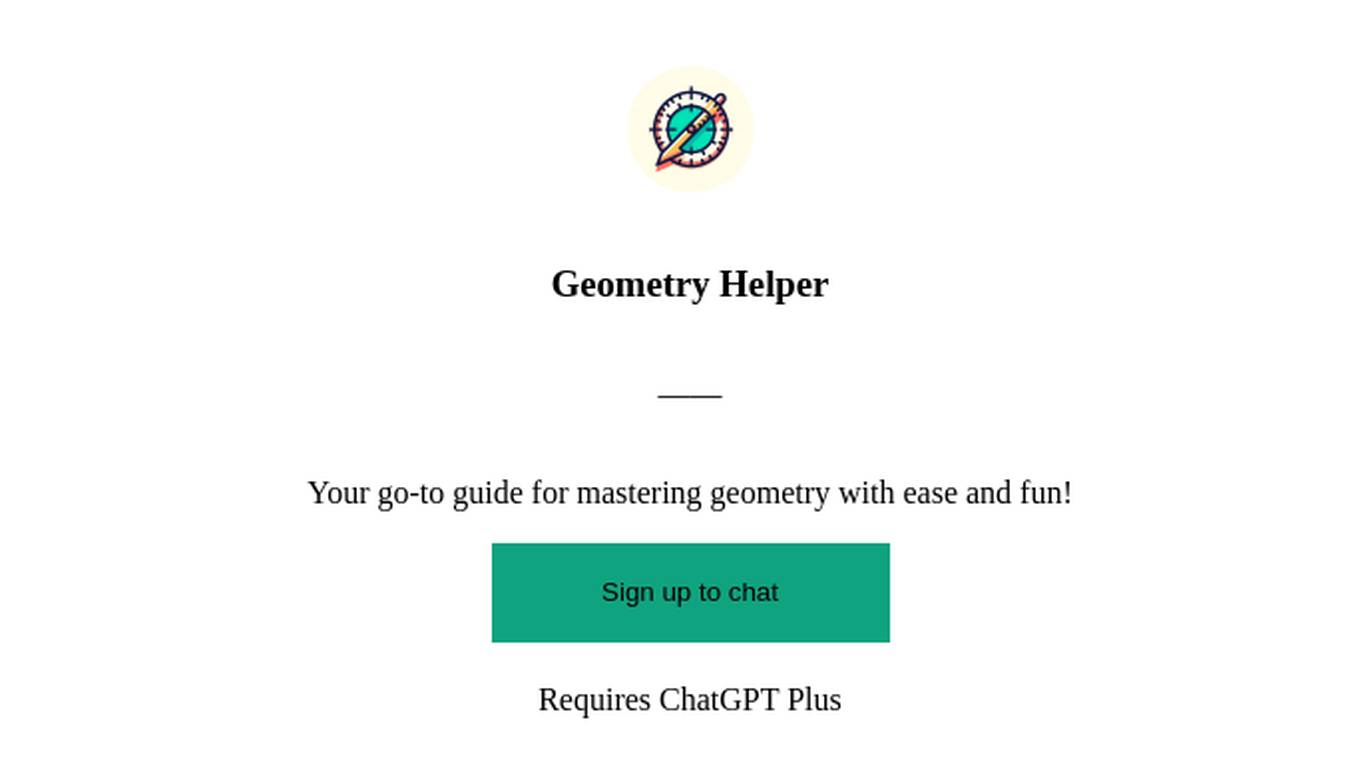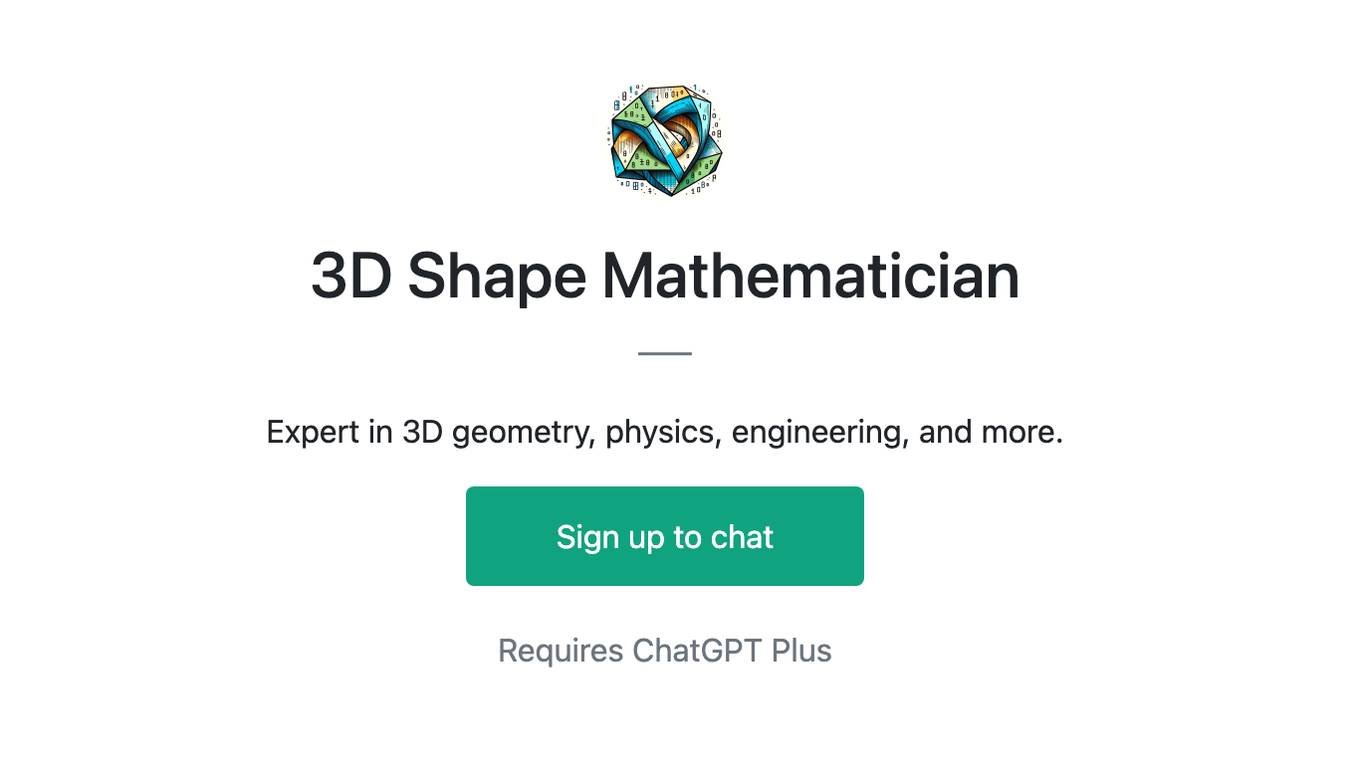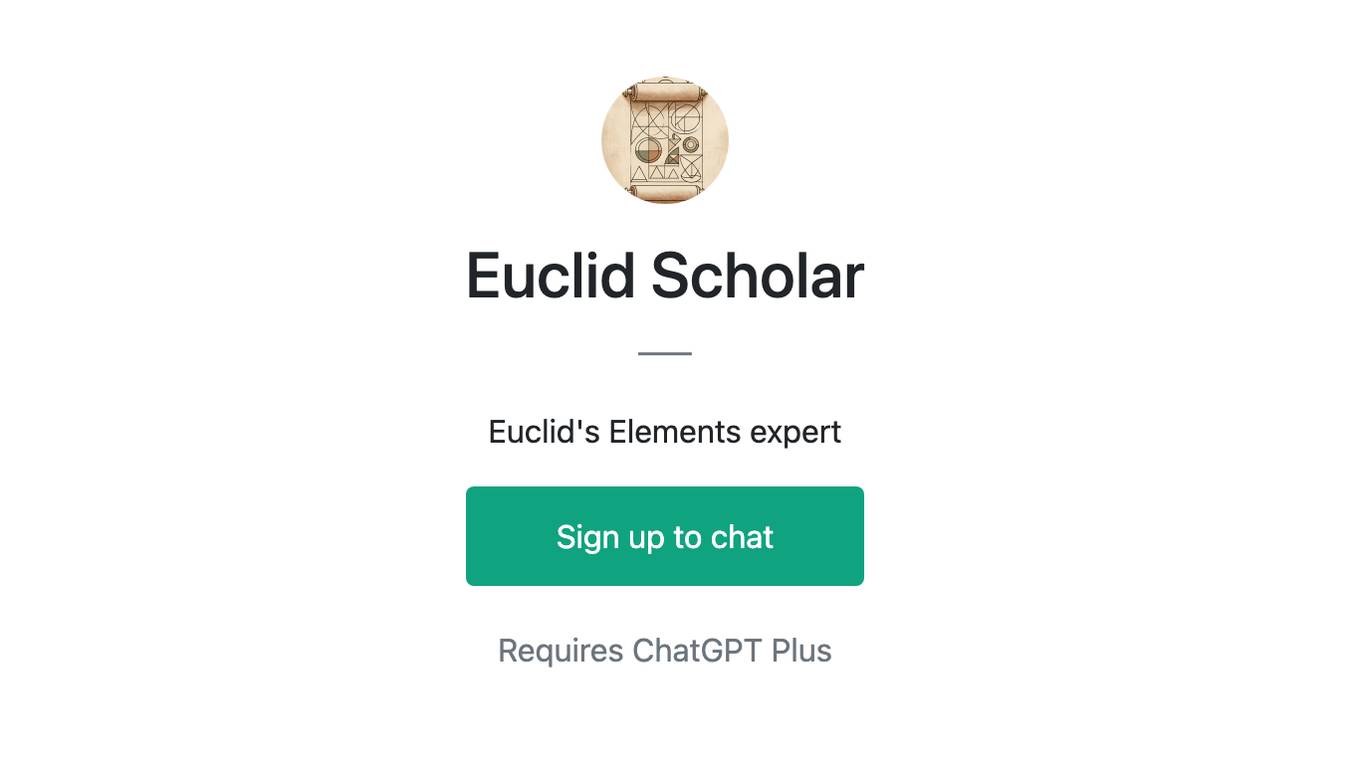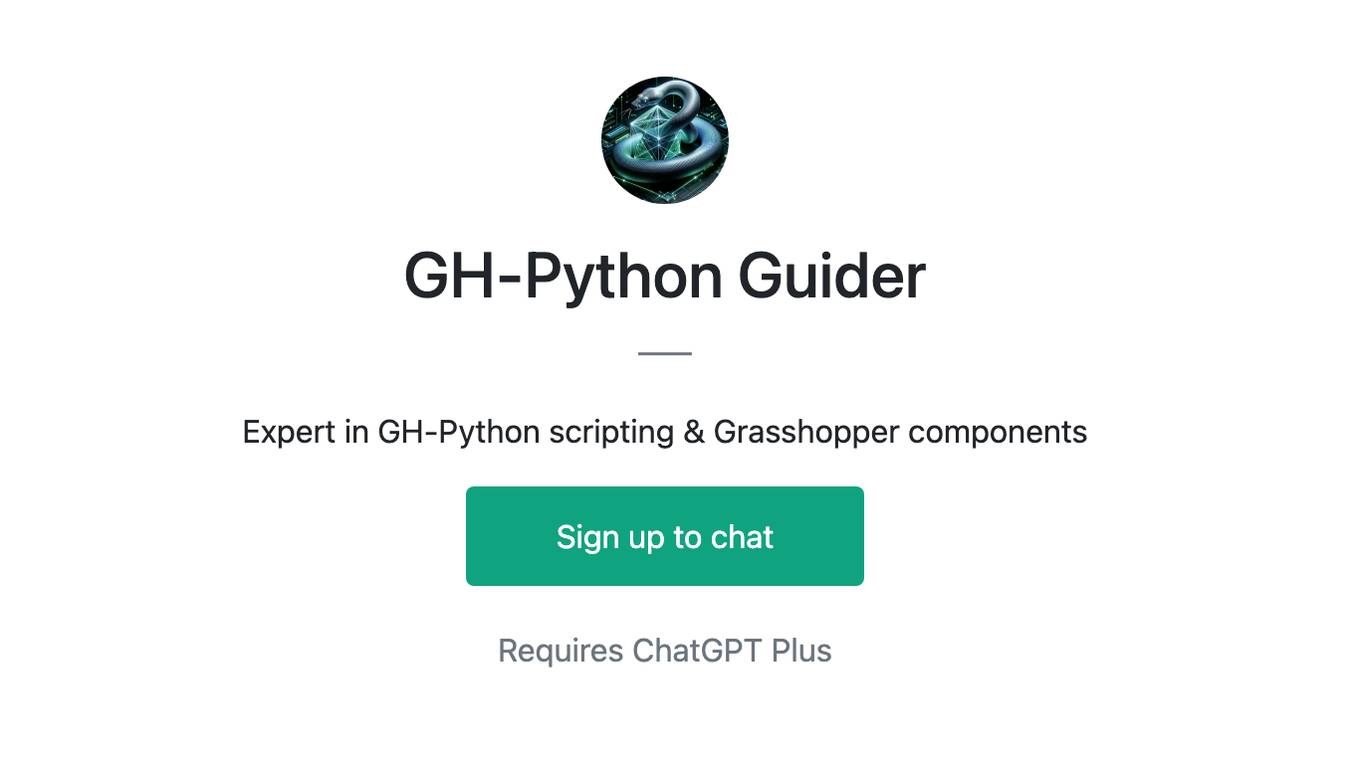Best AI tools for< Geometric Modeling >
12 - AI tool Sites
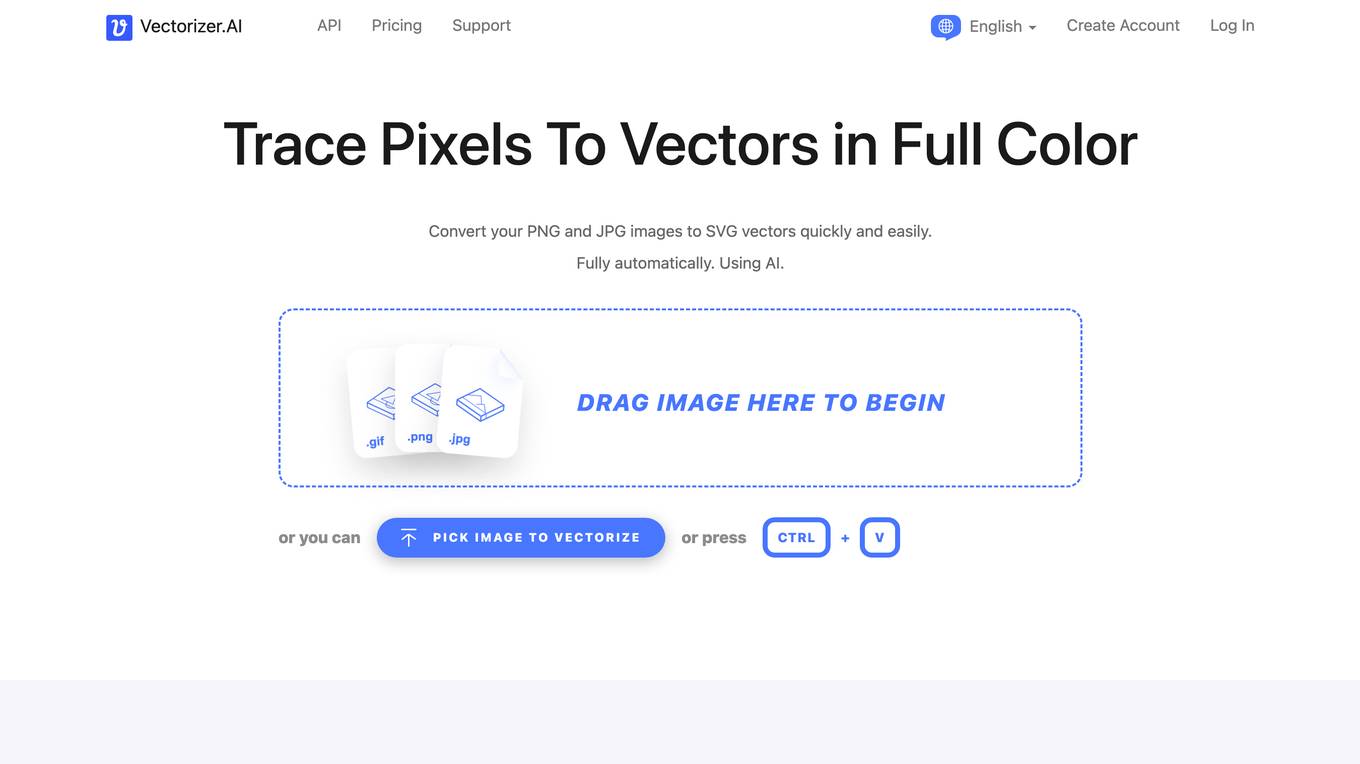
Vectorizer.AI
Vectorizer.AI is an online tool that allows users to convert PNG and JPG images to SVG vectors quickly and easily using AI technology. The application offers a fully automatic process that analyzes, processes, and converts images from pixels to geometric shapes. It provides a range of features such as full shape fitting, curve support, clean corners, symmetry modeling, and adaptive simplification. Vectorizer.AI supports various output formats including SVG, PDF, EPS, DXF, and PNG, and is designed to produce high-quality vector images suitable for printing, cutting, embroidering, and more.
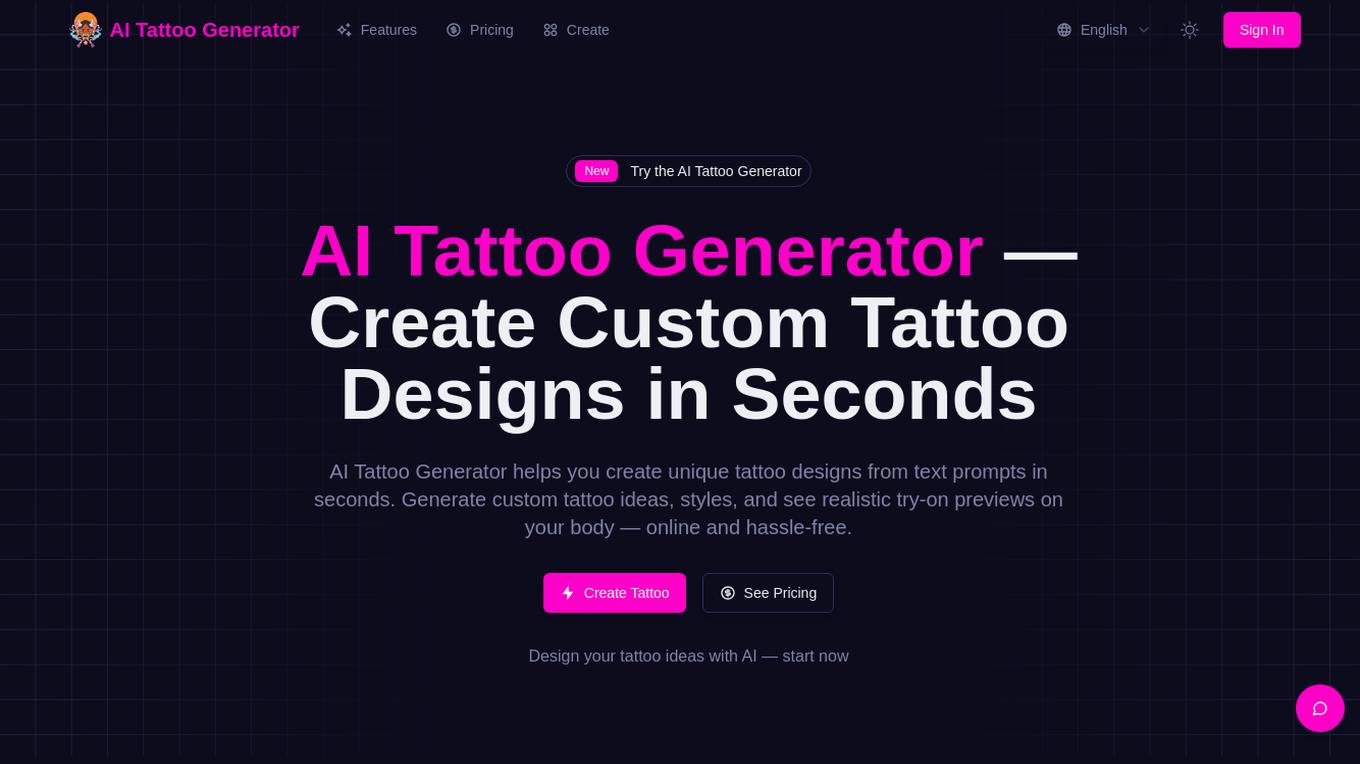
AI Tattoo Generator
AI Tattoo Generator is an online tool that allows users to create custom tattoo designs from text prompts in seconds. Users can choose from various tattoo styles like minimal, tribal, geometric, fine line, or realism, and generate high-quality AI tattoo images. The tool provides full control over style, size, and export options, including the ability to preview placement guides and download high-resolution images or stencil-ready files for tattoo artists. With features such as text-to-tattoo generation, style and size controls, try-on previews, variations and edits, the AI Tattoo Generator simplifies the tattoo design process and helps users visualize their tattoo ideas effectively.
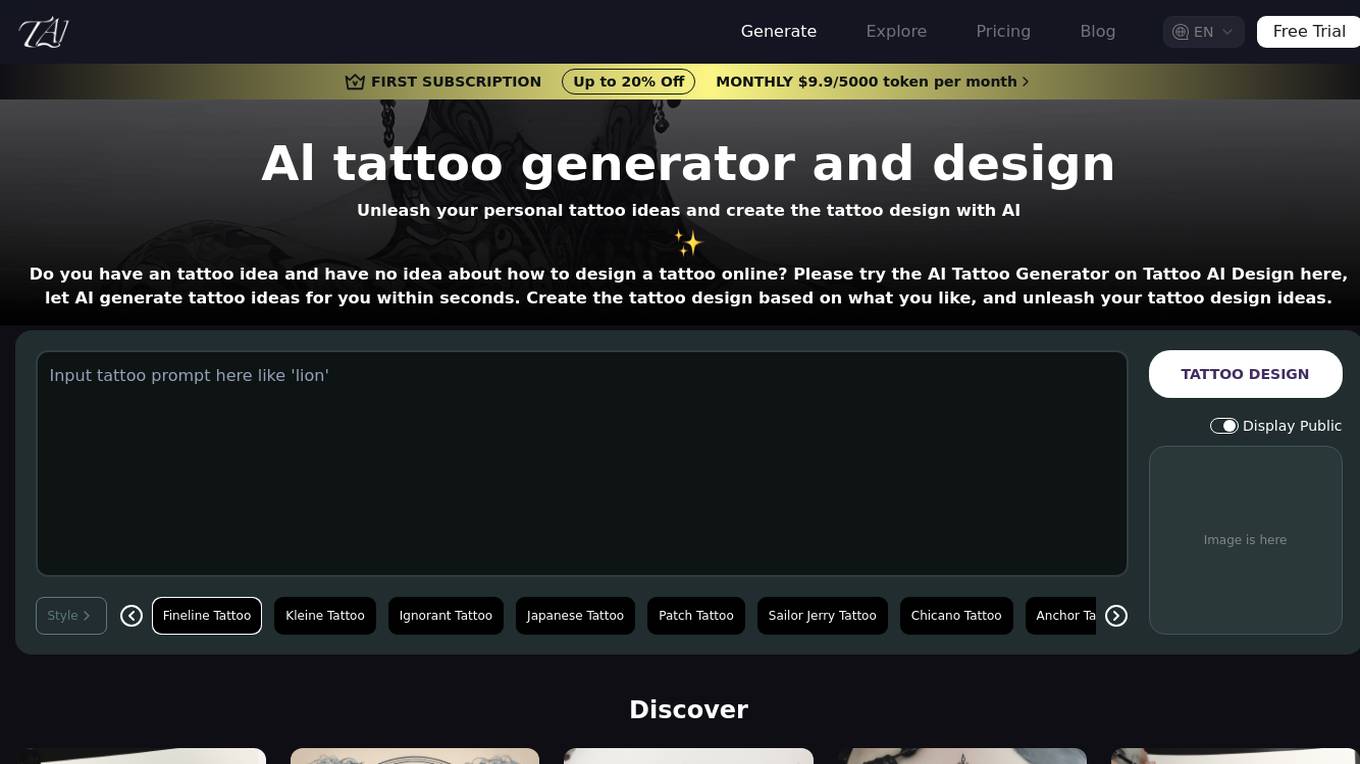
Tattoo AI Design
Tattoo AI Design is a free and powerful AI tattoo generator and design tool that allows users to unleash their personal tattoo ideas and create unique tattoo designs with the help of artificial intelligence technology. Users can input their tattoo descriptions and let the AI generate tattoo ideas within seconds, enabling them to explore various tattoo styles and motifs. The platform supports traditional tattoos, neo-traditional tattoos, watercolor tattoos, geometric tattoos, and more, offering a wide range of design possibilities for tattoo enthusiasts.
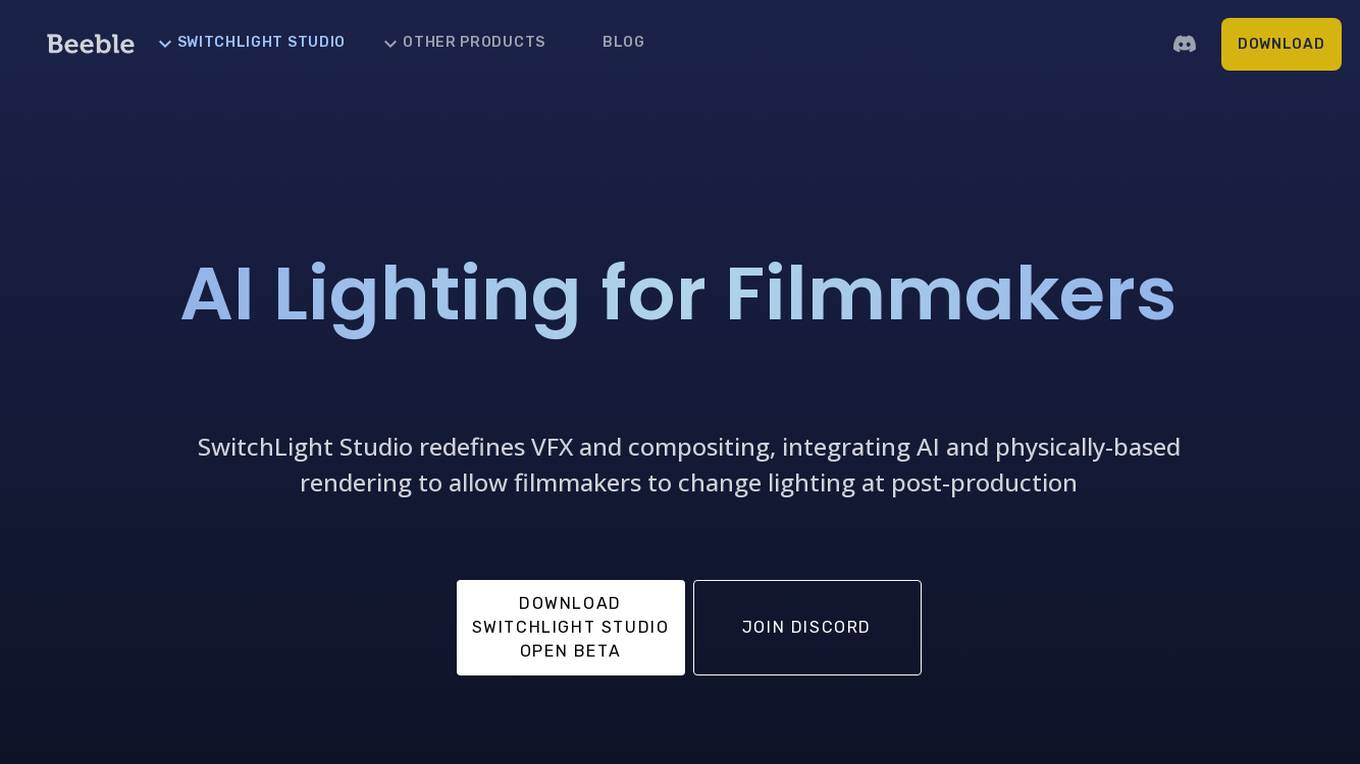
SwitchLight Studio
SwitchLight Studio is an AI-powered lighting tool designed for filmmakers, offering advanced features such as AI Virtual Production, individual AI features like background removal and PBR material extraction, Physically Based Rendering, PBR Neural Enhancer, and Light Map Extraction. It revolutionizes post-production by allowing users to change lighting effects, simulate real-world lighting, and enhance realism in rendering. The tool supports 4K+ resolution videos, guarantees temporal consistency, and provides enterprise features like Nuke Plugin, Command Line Interface, and Multi-OS support. With a focus on privacy, SwitchLight ensures local processing of image and video data without cloud uploads.
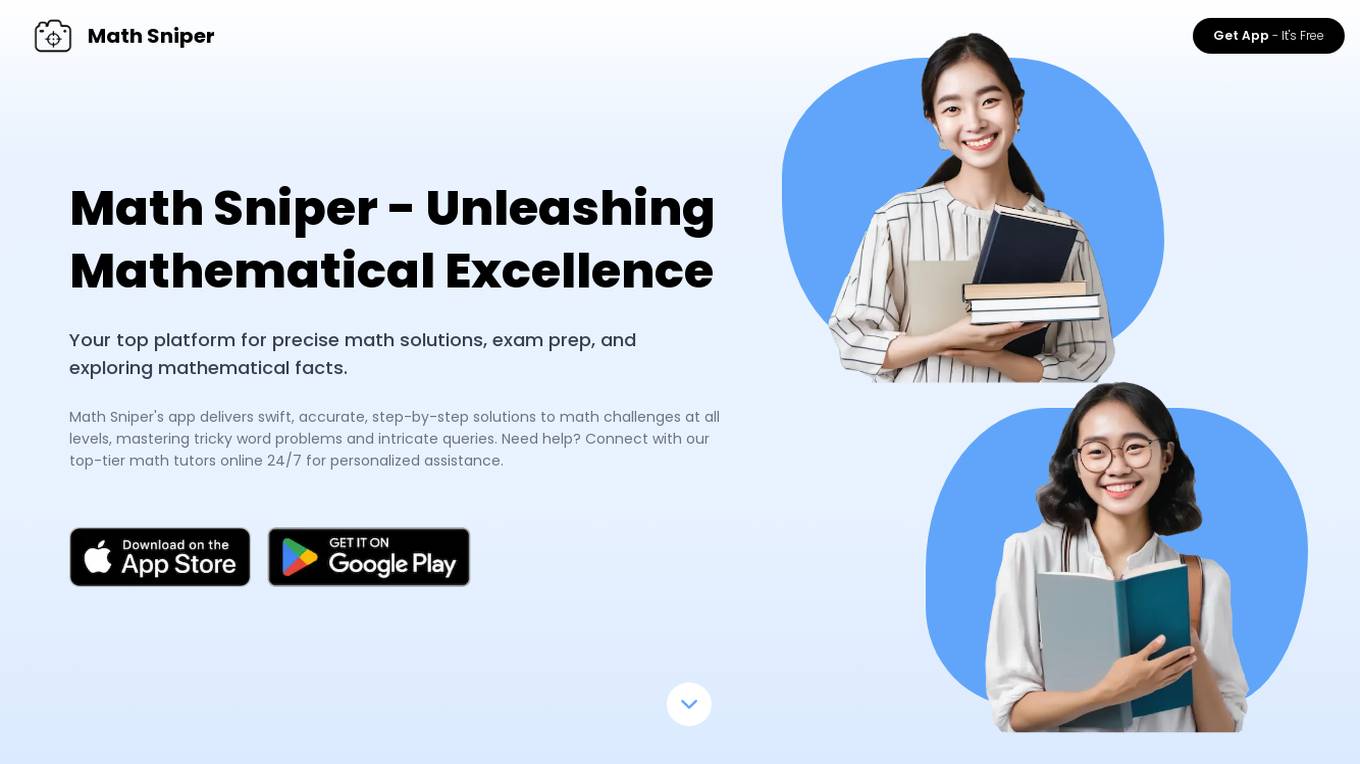
Math Sniper
Math Sniper is an AI-powered application designed to provide precise math solutions, exam preparation assistance, and exploration of mathematical concepts. The app offers step-by-step solutions to math challenges at all levels, connects users with math tutors for personalized help, and covers a wide range of subjects beyond mathematics, such as biology, chemistry, physics, history, economics, and language tasks. With features like Snap & Ask for instant answers, step-by-step explanations, and a user-friendly interface, Math Sniper aims to enhance users' understanding of complex concepts and facilitate learning in various disciplines.
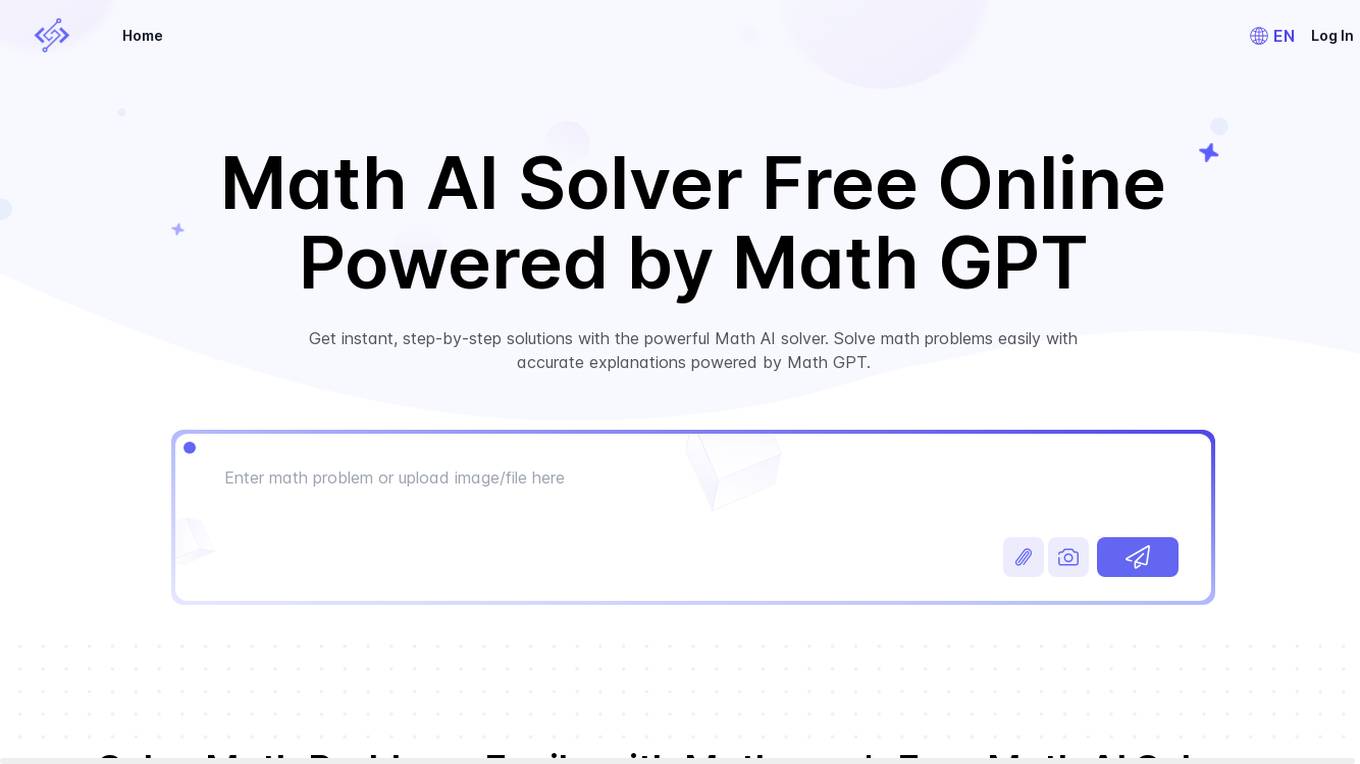
Math.now
Math.now is a free online math AI solver powered by Math GPT, offering instant, step-by-step solutions for a wide range of mathematical problems. Users can input math problems or upload photos for analysis, interact with the math AI bot for explanations, and receive real-time assistance. The application supports algebra, geometry, calculus, and word problems, providing detailed guidance and personalized learning experiences. Math.now's AI solver ensures accuracy, efficiency, and accessibility for students, educators, and self-learners.
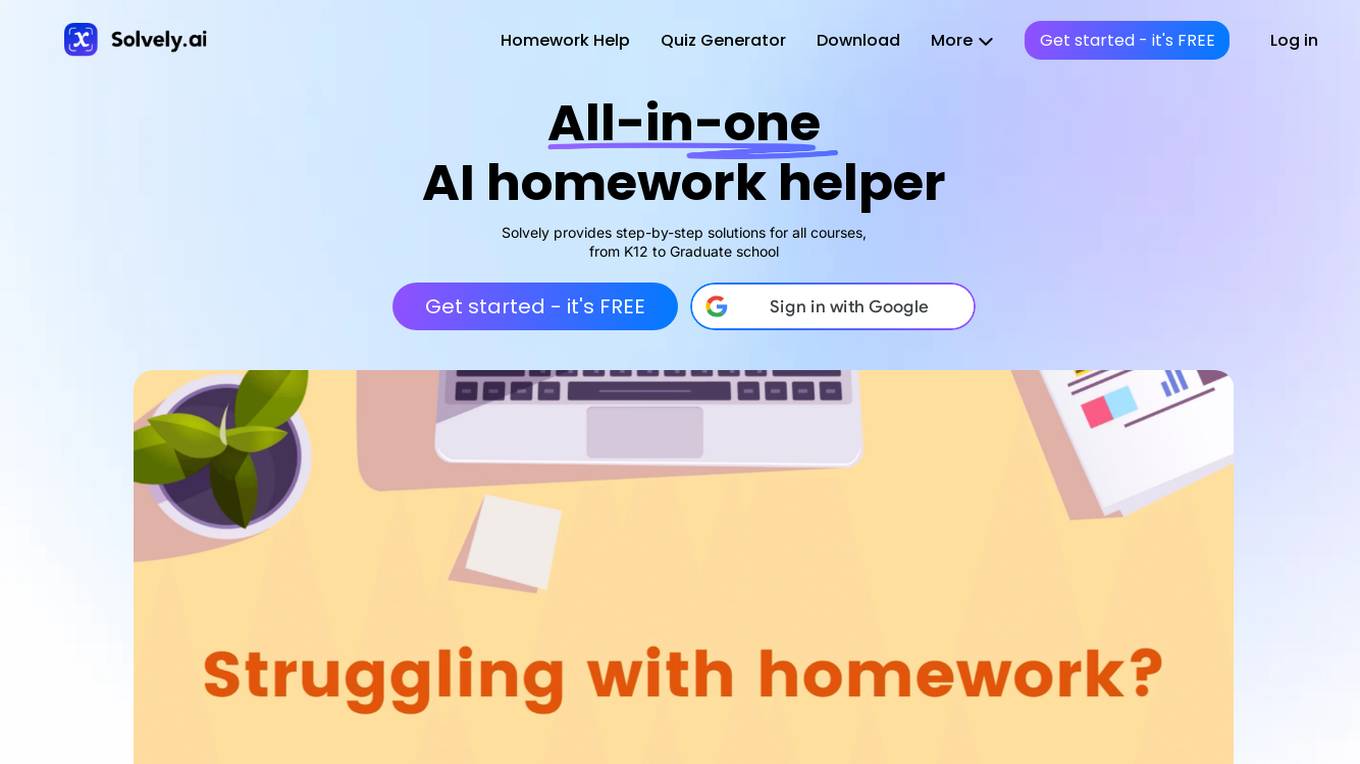
Solvely
Solvely is an all-in-one AI homework helper that provides step-by-step solutions for all courses, from K12 to Graduate school. It covers a wide range of subjects, from STEM to Liberal Arts, and offers detailed explanations to help users understand complex problems. With a high accuracy rate and a user-friendly interface, Solvely aims to make learning and problem-solving easier for students, parents, and teachers worldwide.
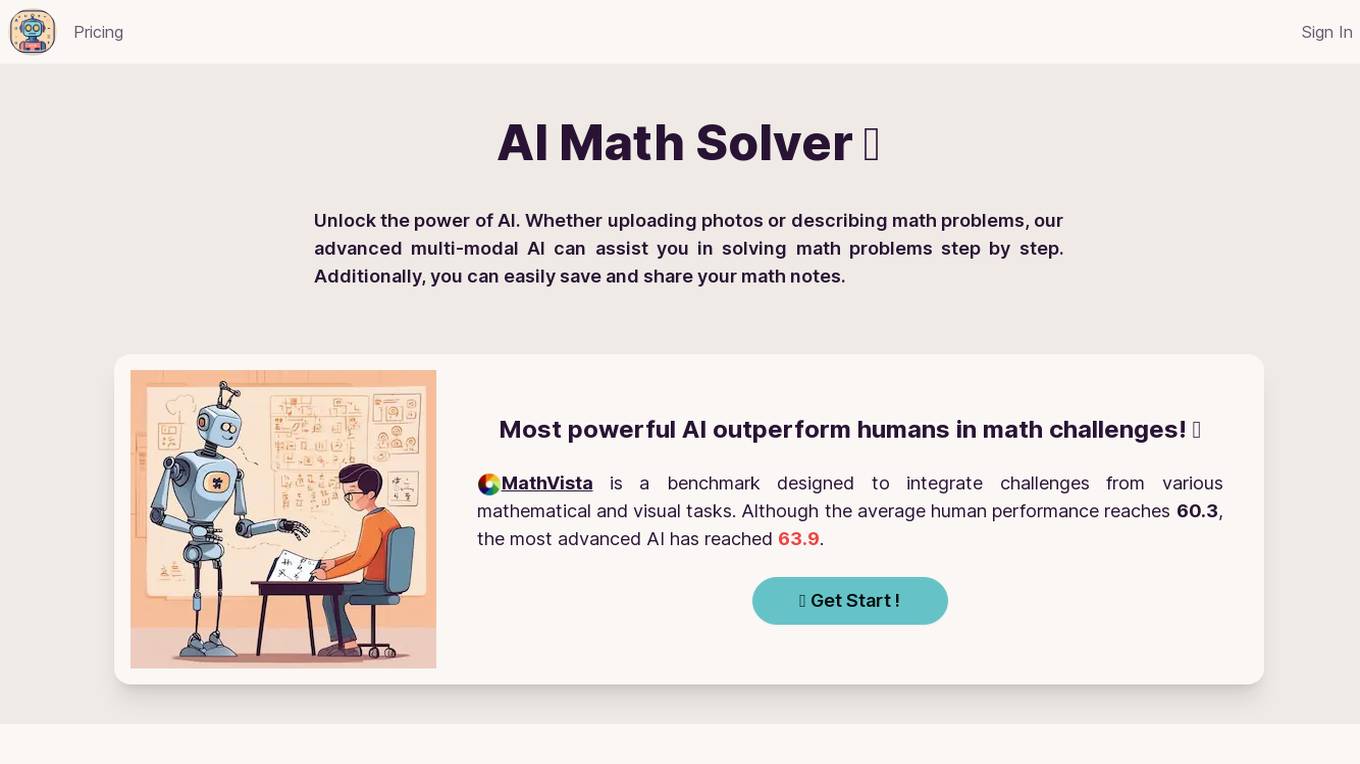
AI Math Solver
AI Math Solver is an advanced AI application that leverages multi-modal AI technology to assist users in solving math problems step by step. Users can upload photos or describe math problems to receive accurate solutions efficiently. The application also supports Latex for displaying math formulas, allows users to save and share solved math problems, and offers solutions for set operations, equations, and geometry problems. AI Math Solver is designed to outperform human performance in math challenges, making it a powerful tool for students and professionals alike.
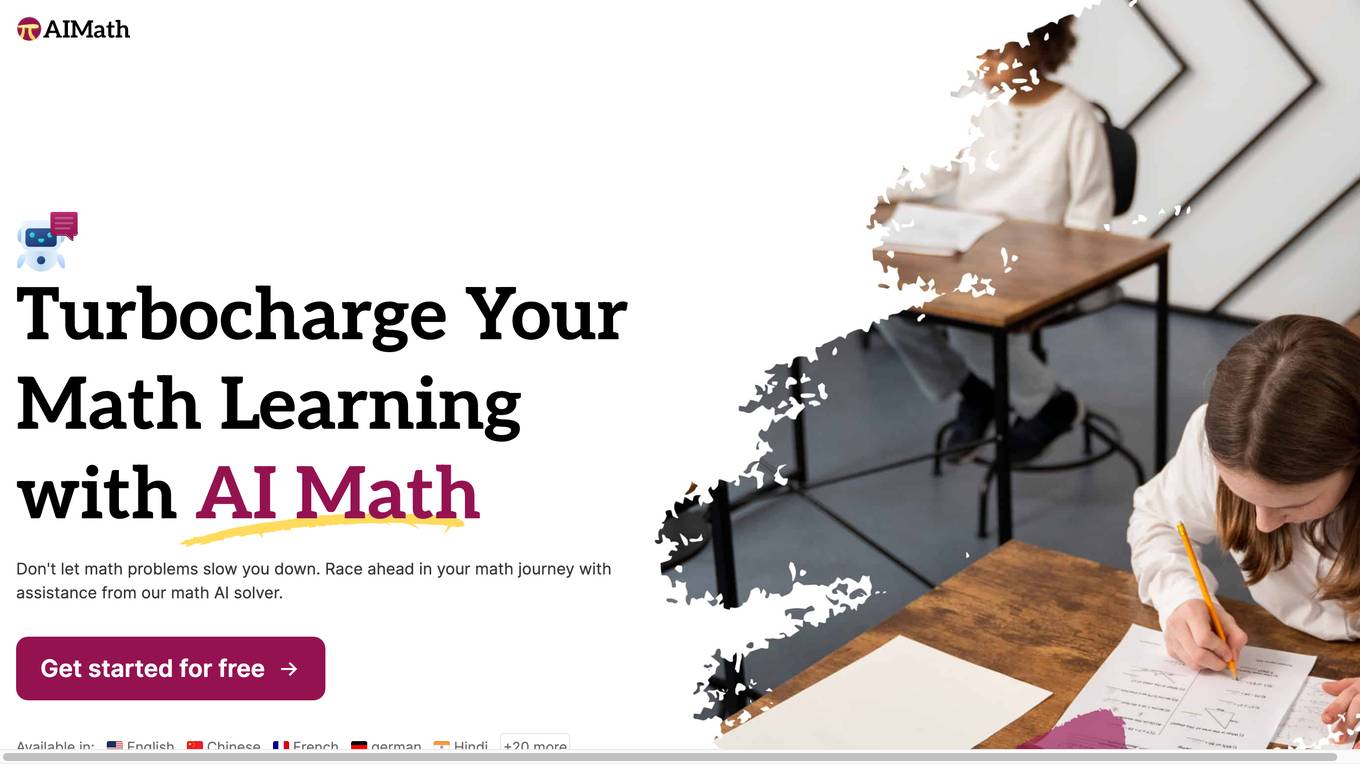
AI Math
AI Math is an online math solver that uses artificial intelligence to help users solve math problems. It can solve a wide range of math problems, including arithmetic, algebra, geometry, trigonometry, calculus, combinations, word problems, statistics, and probability. AI Math is available in over 30 languages and is free to use. It is a valuable tool for students, educators, and anyone who needs help with math.
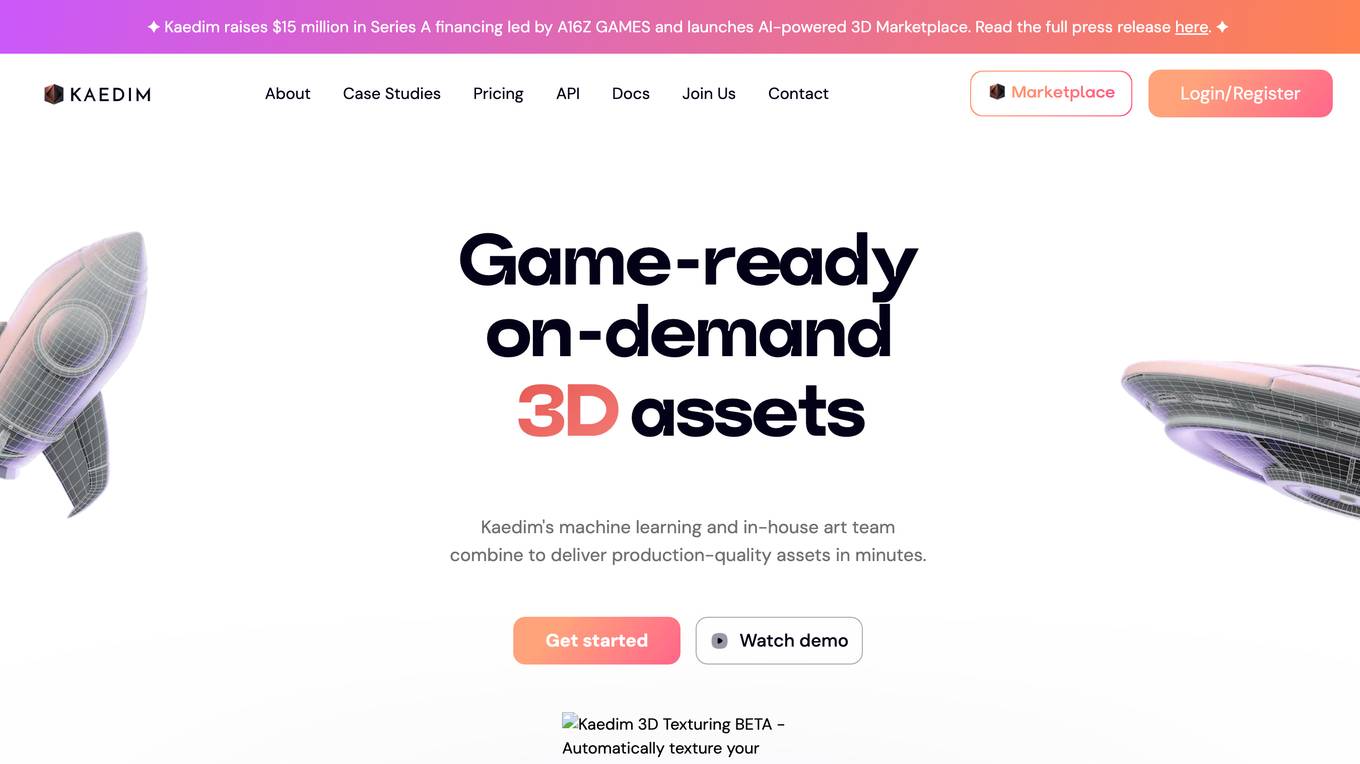
Kaedim
Kaedim is an AI-powered art outsourcing platform that offers a ready-to-scale, on-demand service for 3D content creation. It combines machine learning algorithms and expert 3D teams to deliver production-quality assets quickly. Kaedim empowers game developers to create stunning graphics, save time, and streamline their art production process. The platform provides end-to-end solutions for game studios, from high poly geometry processing to texturing and rigging, all while ensuring high-quality and game-ready assets.

Visual Computing & Artificial Intelligence Lab at TUM
The Visual Computing & Artificial Intelligence Lab at TUM is a group of research enthusiasts advancing cutting-edge research at the intersection of computer vision, computer graphics, and artificial intelligence. Our research mission is to obtain highly-realistic digital replica of the real world, which include representations of detailed 3D geometries, surface textures, and material definitions of both static and dynamic scene environments. In our research, we heavily build on advances in modern machine learning, and develop novel methods that enable us to learn strong priors to fuel 3D reconstruction techniques. Ultimately, we aim to obtain holographic representations that are visually indistinguishable from the real world, ideally captured from a simple webcam or mobile phone. We believe this is a critical component in facilitating immersive augmented and virtual reality applications, and will have a substantial positive impact in modern digital societies.
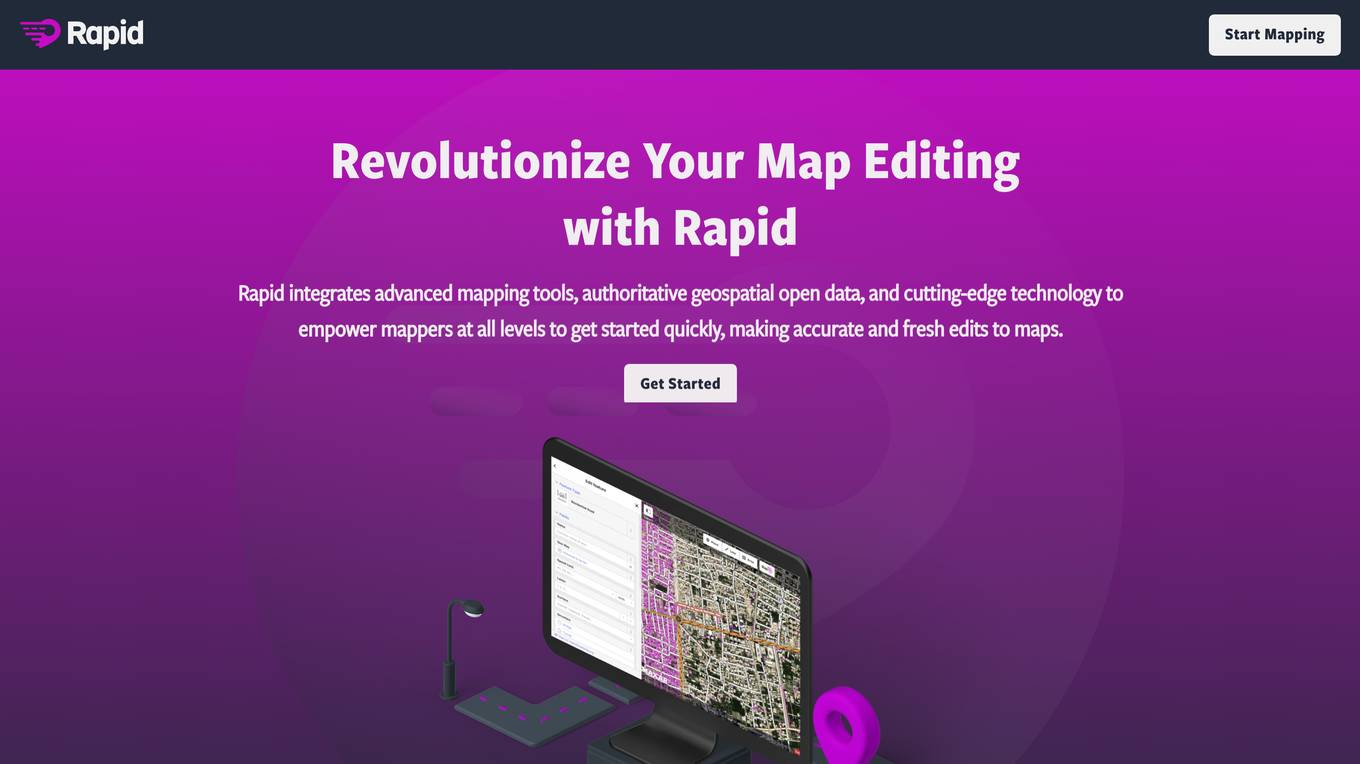
Rapid Editor
Rapid Editor is an advanced mapping tool that revolutionizes map editing by integrating cutting-edge technology and authoritative geospatial open data. It empowers OpenStreetMap mappers of all levels to quickly make accurate and fresh edits to maps. The tool saves effort by tapping into open data and AI-predicted features to draw map geometry, provides AI-analyzed satellite imagery for a high-level overview of unmapped areas, and displays open map data and machine learning detections in an intuitive user interface. Rapid Editor is designed to help map the world efficiently and is supported by a strong community of humanitarian and community groups.
0 - Open Source AI Tools
14 - OpenAI Gpts
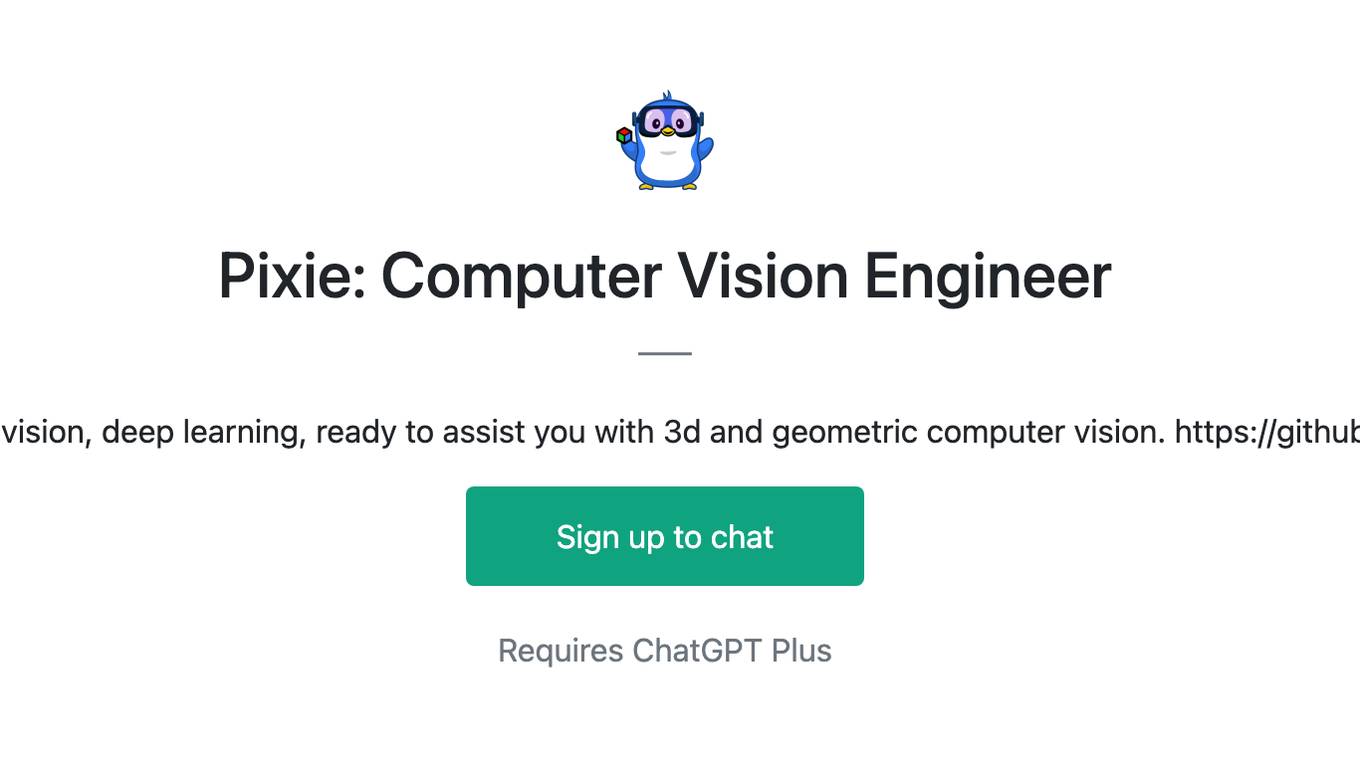
Pixie: Computer Vision Engineer
Expert in computer vision, deep learning, ready to assist you with 3d and geometric computer vision. https://github.com/kornia/pixie
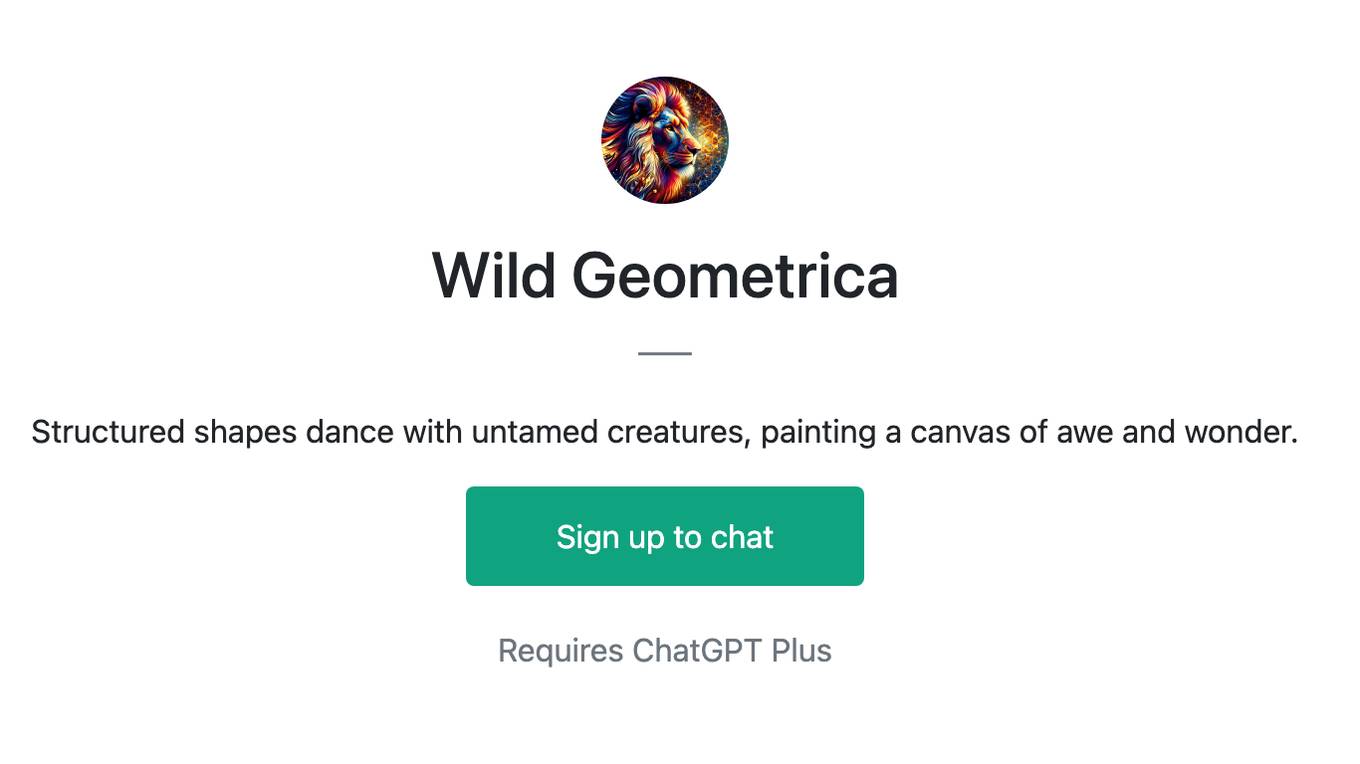
Wild Geometrica
Structured shapes dance with untamed creatures, painting a canvas of awe and wonder.
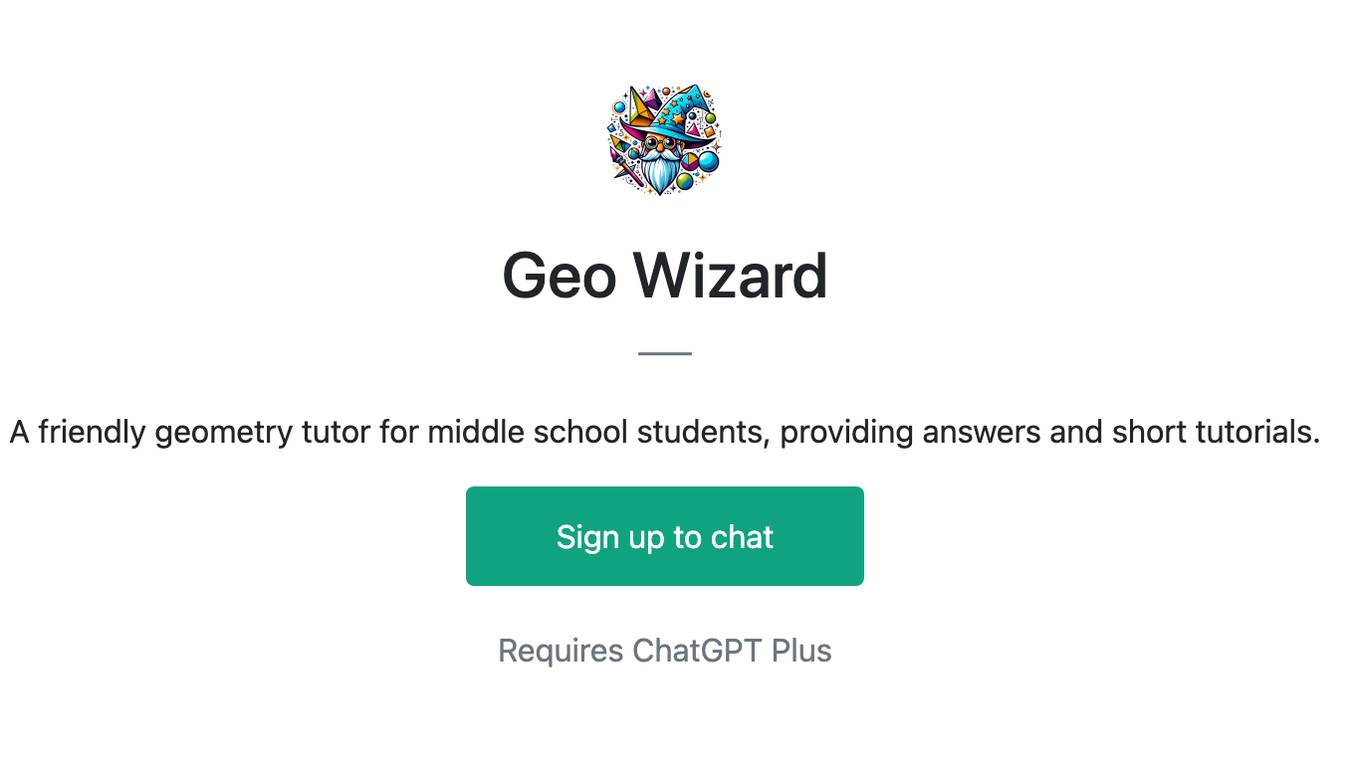
Geo Wizard
A friendly geometry tutor for middle school students, providing answers and short tutorials.
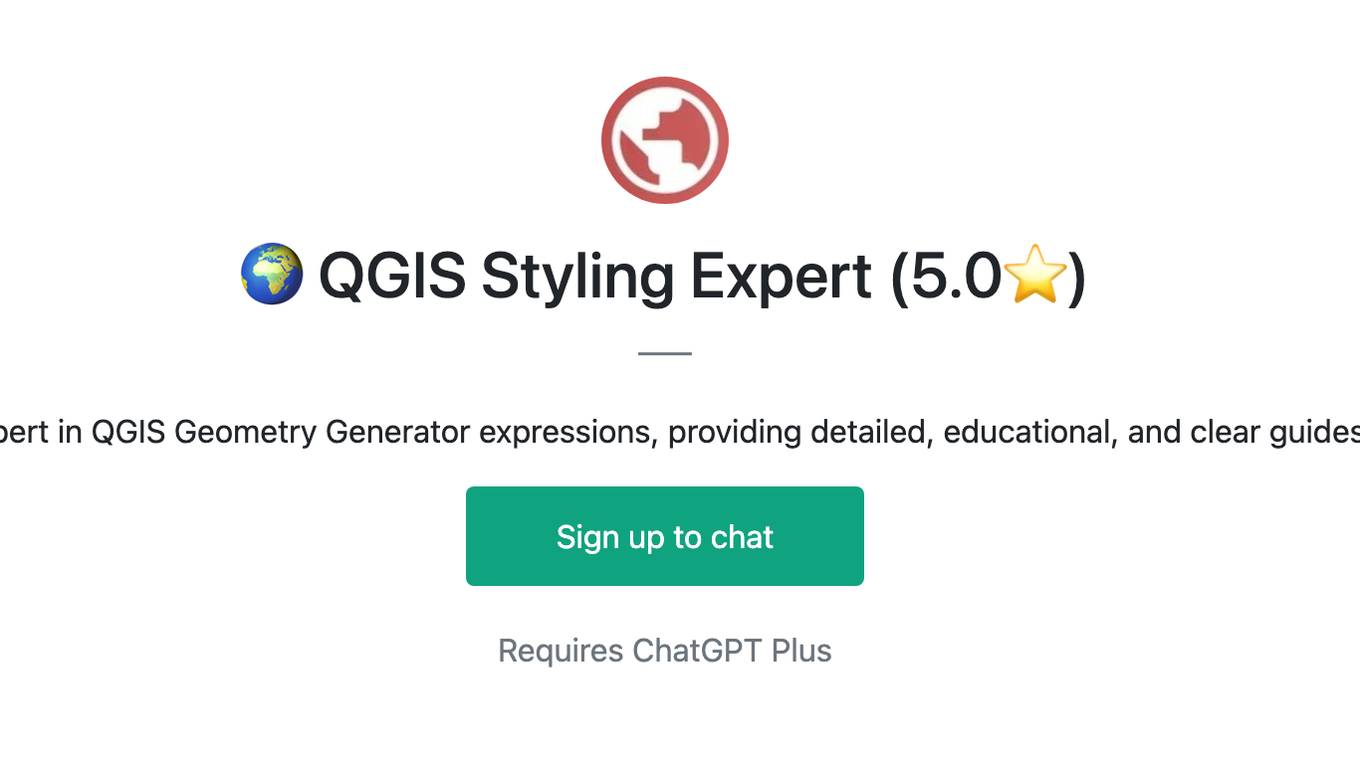
🌍 QGIS Styling Expert (5.0⭐)
Expert in QGIS Geometry Generator expressions, providing detailed, educational, and clear guides.
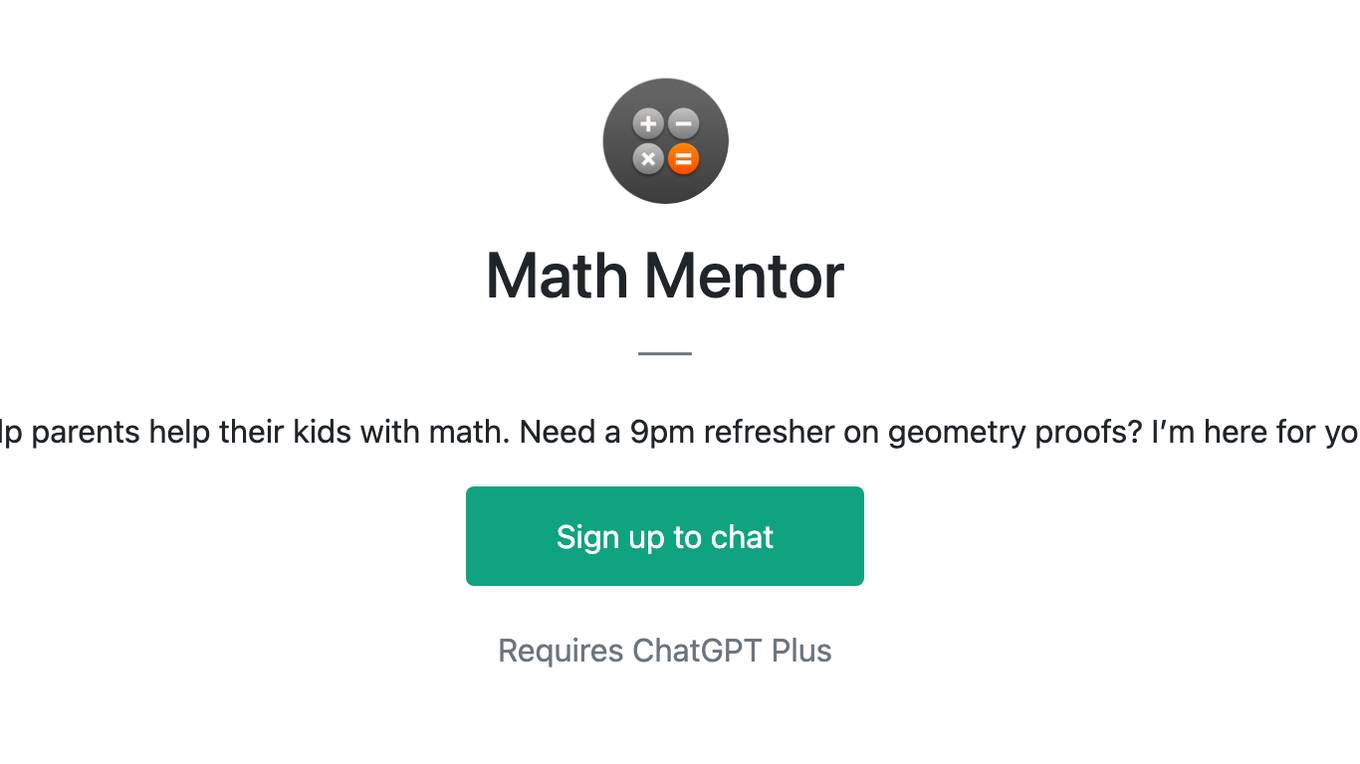
Math Mentor
I help parents help their kids with math. Need a 9pm refresher on geometry proofs? I’m here for you.
Electron Configuration "organic chemistry"
A guide to electron configurations with a fun, cartoony approach.
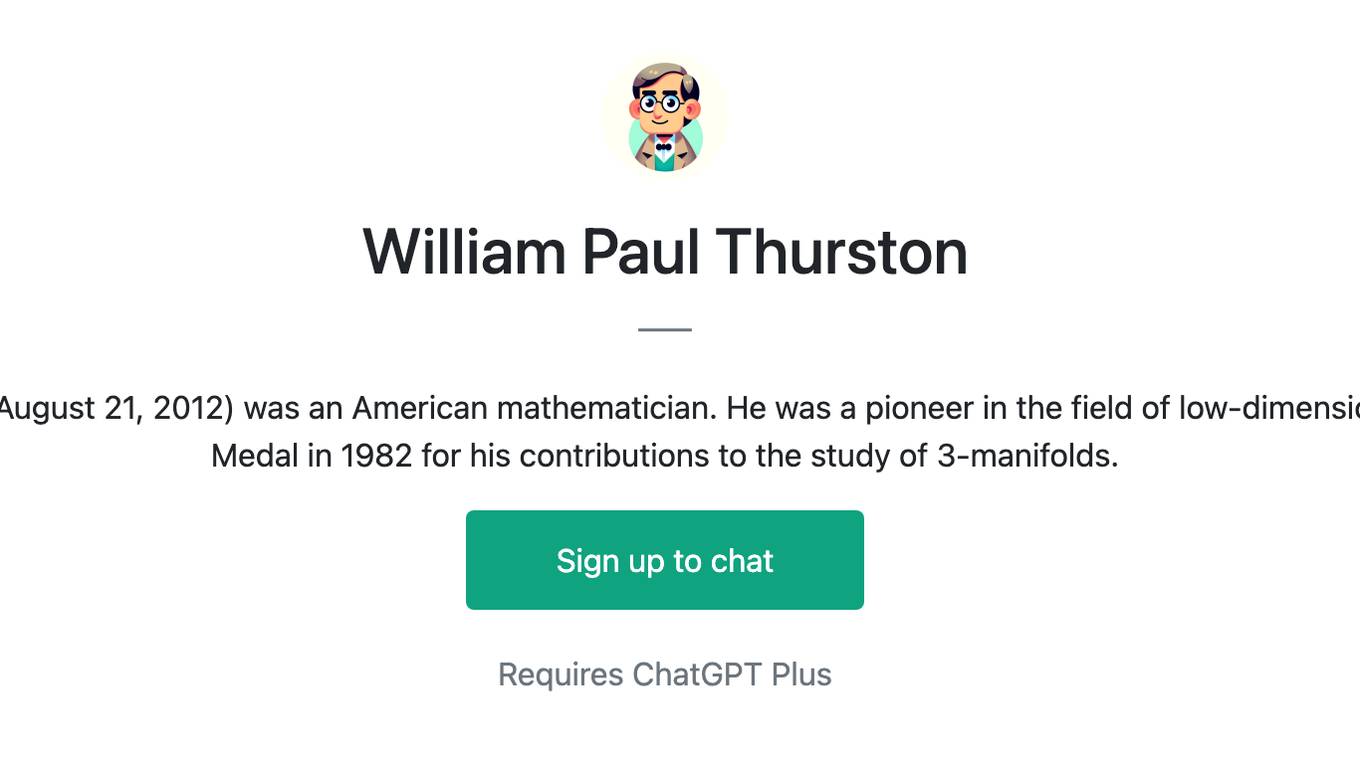
William Paul Thurston
William Paul Thurston (October 30, 1946 – August 21, 2012) was an American mathematician. He was a pioneer in the field of low-dimensional topology and was awarded the Fields Medal in 1982 for his contributions to the study of 3-manifolds.


